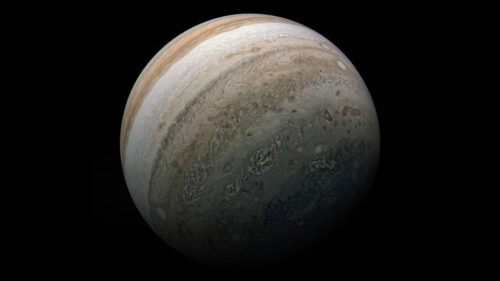
NASA’s NuSTAR space observatory has made a groundbreaking discovery, detecting the highest-energy light ever observed from Jupiter.
This revelation not only sheds light on the mysteries surrounding the gas giant but also solves a long-standing puzzle regarding the absence of X-rays detected during a previous mission.
The findings, published in the journal Nature Astronomy, provide valuable insights into Jupiter’s auroras and its unique magnetic field.
For decades, scientists have been captivated by Jupiter’s enigmatic nature. While various missions have provided close-up observations since the 1970s, many questions remained unanswered.
NuSTAR’s recent observations have unveiled the highest-energy light ever detected from the gas giant in the form of X-rays.
Remarkably, this is also the highest-energy light ever observed from any planet in our solar system, apart from Earth.
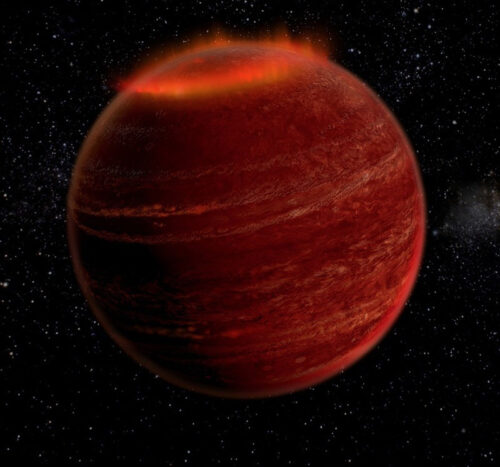
X-rays are a type of light with shorter wavelengths and higher energies than visible light.
Previous studies by NASA’s Chandra X-ray Observatory and the ESA’s XMM-Newton observatory focused on the low-energy X-rays emitted by Jupiter’s auroras—luminous displays near the planet’s poles caused by ions showered by volcanoes on Jupiter’s moon, Io.
These ions are accelerated by Jupiter’s powerful magnetic field and directed toward the planet’s poles, where they collide with the atmosphere and release energy in the form of light.
NASA’s Juno spacecraft, which arrived at Jupiter in 2016, also detected electrons accelerated by the planet’s magnetic field.
Scientists suspected that these particles would produce even higher-energy X-rays than what had been observed previously.
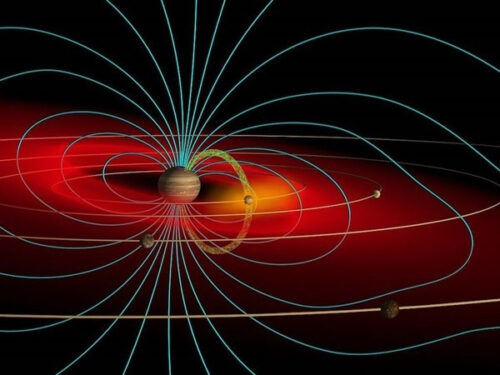
NuSTAR, a nuclear spectroscopic telescope array, became the first observatory to confirm this hypothesis by detecting high-energy X-rays emanating from Jupiter’s auroras near the north and south poles.
Generating X-rays in the range that NuSTAR detects is a significant challenge for planets. However, Jupiter’s immense magnetic field and rapid rotation create an environment akin to a giant particle accelerator, making it possible for the planet to emit higher-energy X-rays.
Overcoming multiple hurdles, including the relatively faint nature of the higher-energy emissions, NuSTAR successfully made the detection that eluded the Ulysses mission during its flyby of Jupiter in 1992.
The key to understanding the absence of X-rays observed by Ulysses lies in the mechanism behind the production of high-energy X-rays.
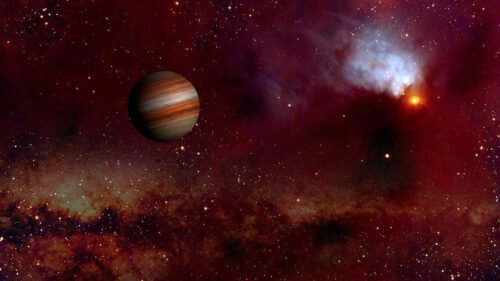
The recently discovered light originates from energetic electrons, as detected by Juno’s Jovian Auroral Distributions Experiment (JADE) and Jupiter Energetic-particle Detector Instrument (JEDI).
Different mechanisms can cause particles to emit light, making it challenging to determine which mechanism is responsible without directly observing the emitted light.
In this case, the explanation lies in bremsstrahlung emission. When fast-moving electrons encounter charged atoms in Jupiter’s atmosphere, they are attracted to each other, causing the electrons to decelerate rapidly and release energy in the form of high-energy X-rays.
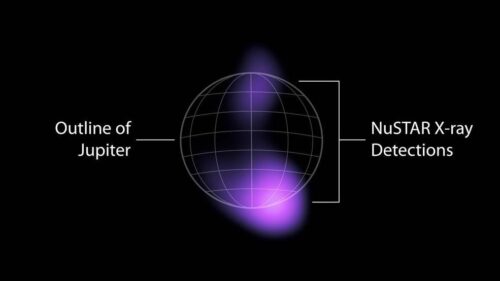
This phenomenon is akin to a fast-moving car transferring energy to its braking system to slow down. Bremsstrahlung emission can account for the observed X-ray profile, including the significant decrease in brightness at higher energies within Ulysses’ detection range.
The study’s conclusions relied on simultaneous observations of Jupiter by NuSTAR, Juno, and XMM-Newton.
This marks the first instance in which NuSTAR observations could be directly compared with data obtained at the source of the X-rays, allowing researchers to validate their hypotheses concerning the generation of high-energy X-rays.
Jupiter’s physical similarities to other magnetic objects in the universe, such as magnetars, neutron stars, and white dwarfs, provide an opportunity to gain insights into particle acceleration and high-energy radiation emission in these distant celestial bodies.
By unraveling Jupiter’s X-ray emissions, scientists hope to unlock secrets about extreme objects beyond our solar system.
NuSTAR, originally designed to study objects outside our solar system, including exploding stars and gas disks influenced by massive black holes, has expanded our knowledge by enabling researchers to study Jupiter’s high-energy emissions.
While much remains unknown about the processes responsible for accelerating particles in these celestial objects, studying Jupiter offers valuable clues that may one day help us understand distant sources we cannot yet explore.
The NuSTAR mission, launched in 2012, exemplifies international collaboration, led by Caltech and managed by NASA’s Jet Propulsion Laboratory (JPL).
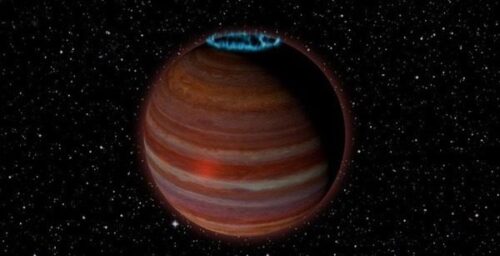
Partnerships with the Danish Technical University and the Italian Space Agency (ASI) played crucial roles in its development.
The observatory’s optics were constructed by Columbia University, while NASA’s Goddard Space Flight Center and the Danish Technical University contributed to the project.
The spacecraft was built by Orbital Sciences Corp., and mission operations are centered at the University of California, Berkeley, with the official data archive located at NASA’s High Energy Astrophysics Science Archive Research Center.
ASI provides the mission’s ground station and a mirror data archive, while JPL manages the mission on behalf of NASA.
